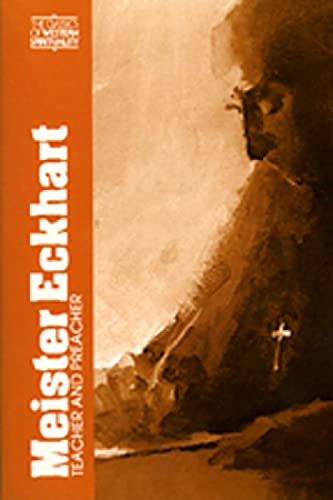The Cross of Christ
Written by John R. W. Stott Reviewed By Robert LethamIn this splendid book Stott provides an inevitably clear and lucid account of the death of Christ. He interweaves biblical exposition of the kind we have grown accustomed to expect, even to take for granted, with masterly theological comment in interaction with the history of thought on the cross. It is a work of outstanding value for anyone from the intelligent Christian layman through theological student to pastor, teacher or all who want to enlarge their understanding or to refresh their minds by focusing anew on what is the heart of the Christian faith.
In ‘Part One: Approaching the Cross’, Stott expounds the event of the crucifixion, stressing its centrality. In ‘Part Two: The heart of the cross’ and in ‘Part Three: The achievement of the cross’ he considers both the biblical teaching and the history of thought on the atonement. In ‘Part Four: Living under the cross’ he unfolds implications for Christian discipleship.
In his discussion of the atonement, Stott adopts a multi-perspectival approach, arguing that the various historical theories in themselves provide a partial and incomplete picture but, since each represents an aspect of the truth, together they build up a composite view of what Christ achieved for us. Yet central to his intent is the defence and exposition of the atonement as ‘satisfaction through substitution’, a substitution in which God in Christ took our place and died our death on the cross. ‘If we speak only of Christ suffering and dying, we overlook the initiative of the Father. If we speak only of God suffering and dying, we overlook the mediation of the Son. The New Testament authors never attribute the atonement either to Christ in such a way as to disassociate him from the Father, or to God in such a way as to dispense with Christ, but rather to God and Christ, or to God acting in and through Christ with his whole-hearted concurrence’ (p. 156). He rejects attempts by such as McLeod Campbell, Bushnell and Moberly to retain the language of substitution while purging it of penal suffering. This is a clear, contemporary account of the theological logic underlying penal substitution as the central theme of the biblical doctrine of the atonement. While, as we have indicated, Stott allows that there is diversity in the biblical presentation and a corresponding legitimacy to a range of ways of understanding the atonement, he nonetheless regards the moral influence theory as untenable due to its failure to consider the seriousness of sin and its focus on our response to Christ rather than on Christ’s love for us. Following tradition, Abelard is cited as the originator of the idea and is treated perhaps a trifle harshly in view of recent reassessments which point to his having valued the objectivity of Christ’s accomplishment on the cross and instead indicate Enlightenment Germany as the soil within which the theory germinated and came to fruition.
Another historical weakness occurs in Stott’s non-critical discussion of the governmental theory of Hugo Grotius. He cites B. B. Warfield as developing Grotius’ vision of God as the moral governor of the world. This is somewhat misleading. Warfield regarded Grotius’ view as in conflict with what he saw to be the biblical teaching of penal substitution. He saw it as a half-way house for those who wanted to preserve an element of objectivity in the atonement but were at the same time under the influence of rationalism. It was a symptom of decaying faith (The person and work of Christ, pp. 355, 363–366). These are, in the context of the book, minor quibbles. Stott is evidently not intending to advance the frontiers of scholarship but to unfold the matchless glories of the Saviour. There should be little doubt as to which is the greater theme.
The final section contains excellent and balanced discussion of the question of self-image, judicious comment on the power of the State and the problem of just war, penetrating and convicting material on loving our enemies and a timely treatment of the relation of the cross to suffering, interacting with Moltmann and Sobrino. In short, Stott relates the cross to the whole of theology and to the whole of life, to the corporate as well as to the individual. The comprehensiveness of scope serves to underline the overwhelming magnitude of what Christ came to do for us.
This is a book which should stand the test of time. It has balance in the right sense of the term. It informs, stimulates, convicts. Theologically, there are two lacunae. One is the omission of discussion on the extent (or intent) of the atonement. The second concerns Stott’s treatment of the resurrection. He agrees that death and resurrection belong inseparably together but warns, correctly, that saving efficacy should not be attributed to both equally since salvation is incontestably due to the blood of Christ. All this is without doubt correct yet somehow one is left with an impression that the cross has been considered in an element of detachment from what follows. Certainly, Stott is right to warn against a triumphalism that bypasses the cross. Recent trends in evangelicalism seem to exhibit exactly that, with worship tending to focus on the risen Christ in apparent abstraction from his atoning suffering and death. It is a timely warning. However, one’s personal impression is that the integral union of cross and resurrection in the NT could have been made more clear.
One has pleasure in commending an outstanding contribution to the church.
Robert Letham
Robert Letham
Wales Evangelical School of Theology
Bridgend, Wales, UK







